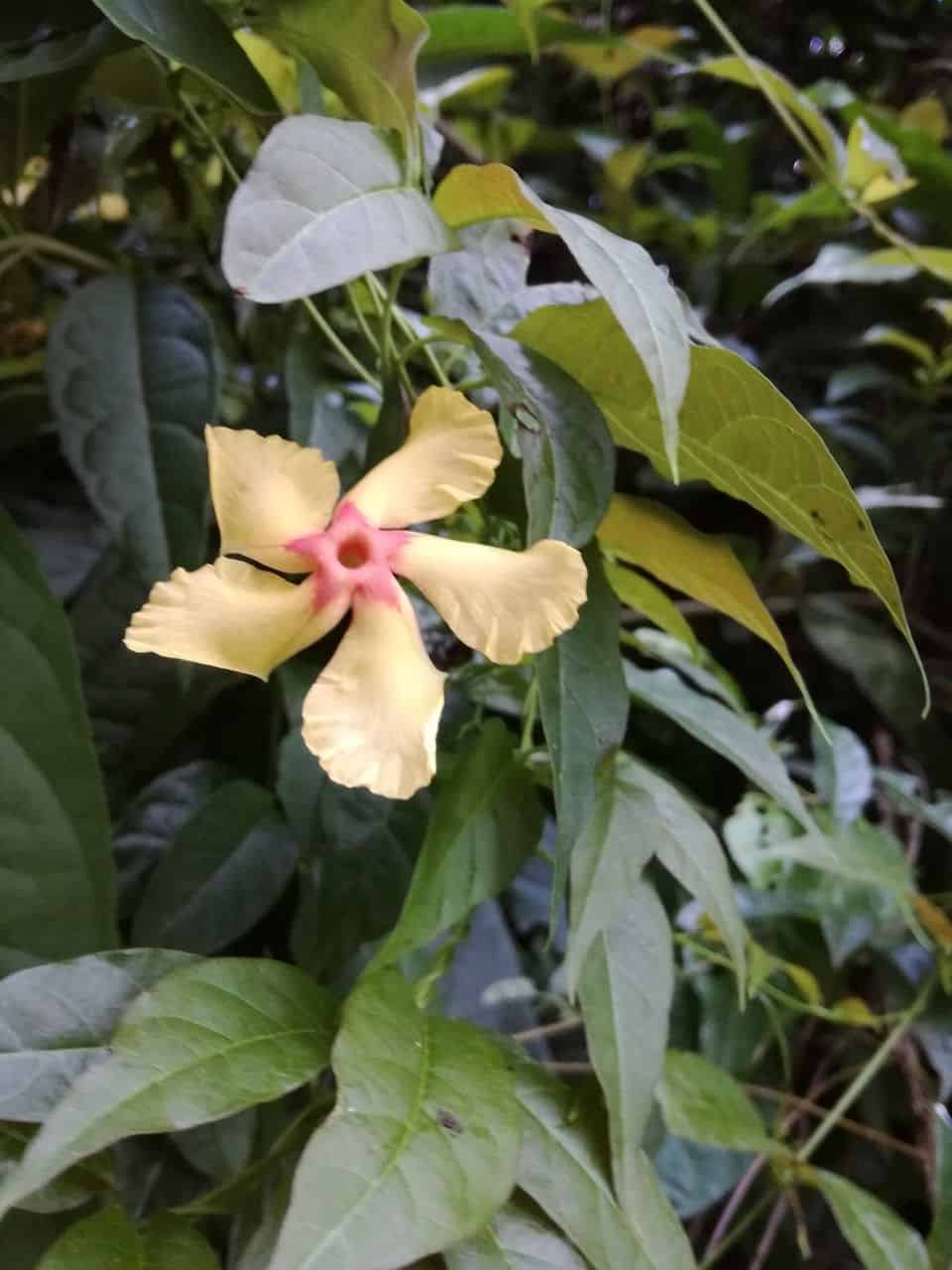Unlock the Secrets of Mandevilla subsagittata Propagation: A Step-by-Step Guide
The Mandevilla subsagittata, with its vibrant, trumpet-shaped blooms, is a true showstopper in any garden. This climbing vine, native to Brazil, is adored for its lush foliage and captivating flowers, making it a highly desirable addition to sunny landscapes. While readily available in nurseries, there’s a special satisfaction in propagating your own Mandevilla subsagittata. Not only is it cost-effective, but it allows you to expand your plant collection and share your love for this tropical beauty.
Two Paths to Propagation
Propagating Mandevilla subsagittata is achievable through two primary methods:
- Stem Cuttings: This popular technique involves taking cuttings from a healthy mother plant and encouraging them to develop roots.
- Layering: A slightly more involved method, layering utilizes the plant’s natural ability to root from its stems while still attached to the parent plant.
Method 1: Mastering Stem Cuttings
- Timing is Key: Spring and early summer, during the plant’s active growing season, offer the highest success rate for stem cuttings.
- Tools of the Trade: Gather clean, sharp pruning shears or a knife, a rooting hormone (powder or gel), a well-draining potting mix, and small pots or seed trays.
- Cut with Precision: Select healthy, non-flowering stems about 4-6 inches long. Make a clean cut just below a leaf node (the point where a leaf emerges from the stem).
- Prepare for Rooting: Remove the lower leaves from the cutting, leaving only a few at the top. Dip the cut end in rooting hormone to stimulate root development.
- Plant with Care: Plant the cuttings in the prepared pots filled with the well-draining mix. Bury the bottom node, ensuring the remaining leaves are above the soil line.
- Creating a Humid Environment: Water the cuttings thoroughly and cover the pots with a clear plastic bag or a humidity dome. Place them in a warm, brightly lit location, out of direct sunlight.
- Patience is a Virtue: Rooting can take several weeks. Check the soil moisture regularly, misting it lightly if it begins to dry out. Tug gently on a cutting – resistance indicates successful rooting!
- Transplanting Success: Once the cuttings have developed a robust root system (usually after 6-8 weeks), transplant them into individual pots with well-draining potting mix.
Method 2: Exploring the Art of Layering
- Choosing the Right Stem: Select a long, flexible stem close to the ground.
- Wound and Prepare: Gently wound the underside of the chosen stem using a clean, sharp knife. You can make a small scrape or a shallow cut.
- Encourage Rooting: Apply rooting hormone to the wounded area.
- Bury and Secure: Bend the wounded portion of the stem downwards and bury it in the soil. Use a landscape pin or a small rock to hold the stem firmly in place.
- Patience and Observation: Water regularly and keep the soil consistently moist. After several weeks, gently tug on the layered stem. Resistance indicates successful rooting.
- Separation and Planting: Once the layered stem has developed a strong root system (usually within 2-3 months), carefully cut it away from the parent plant. Transplant the newly rooted layer into a separate pot or desired location in your garden.
Tips for Propagation Triumph:
- Provide bright, indirect sunlight for optimal growth.
- Ensure well-draining soil to prevent root rot.
- Maintain warmth and humidity throughout the rooting process.
- Be patient! Propagation takes time and dedication.
By following these steps and embracing the journey, you can unlock the secrets of Mandevilla subsagittata propagation and enjoy the rewarding experience of growing these captivating plants from scratch. Not only will you expand your garden, but you’ll also gain a deeper appreciation for the magic of plant reproduction.

